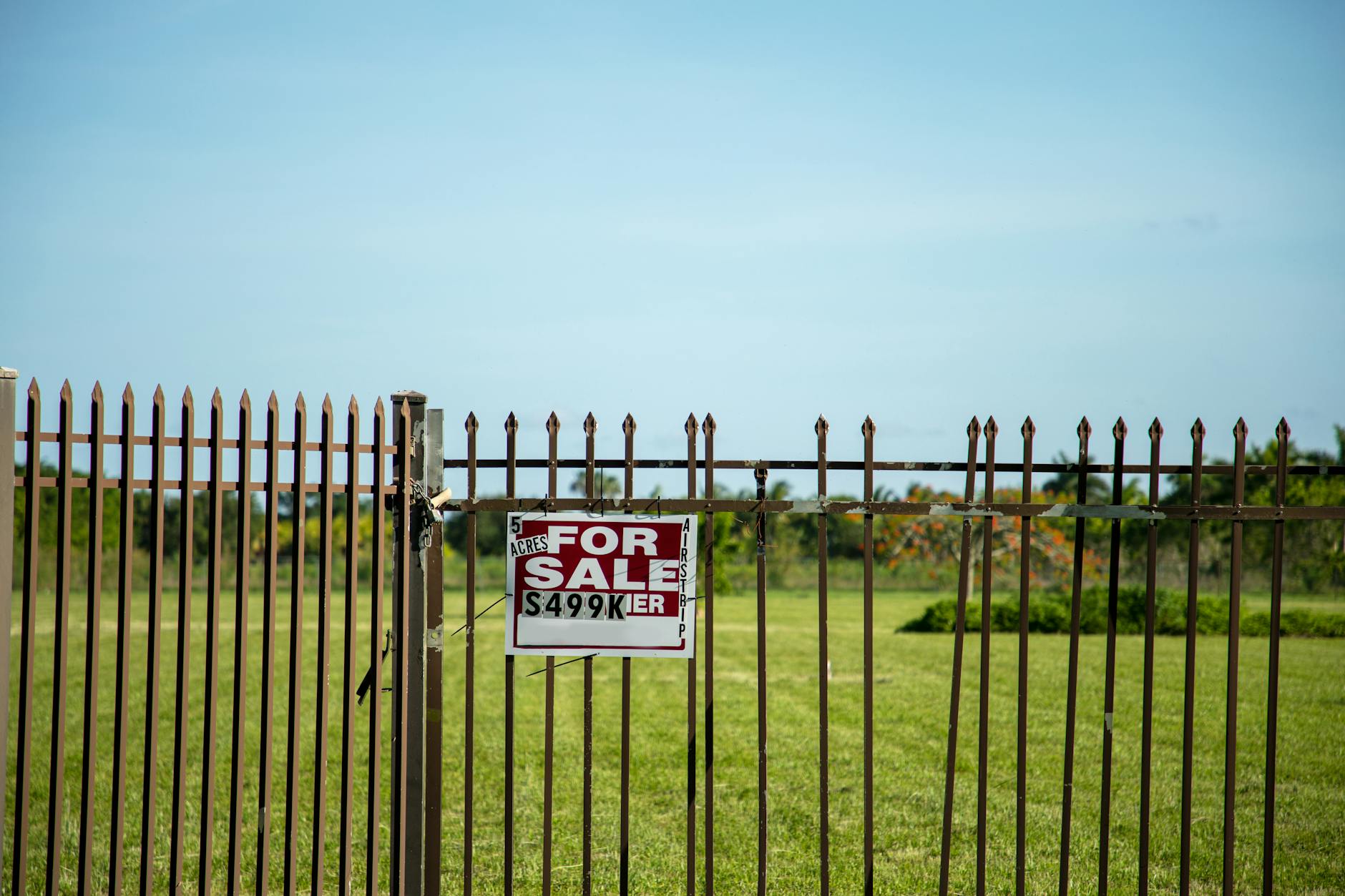Gardening is not just a hobby; it’s a lifestyle choice that brings fresh, homegrown produce right to your plate. If you’re new to gardening or thinking of expanding your skills, there’s no better time to start. Among all the veggies you can grow, garlic and ginger stand out as some of the easiest and most rewarding. Let’s dig into how you can create a thriving vegetable garden and master the art of growing ginger and garlic!
Why Growing Your Own Vegetables Is a Great Idea
There’s something magical about stepping into your garden and plucking vegetables you’ve nurtured yourself. It’s not just about saving money; it’s about knowing exactly what you’re eating. By growing your own vegetables, you avoid the pesticides and chemicals often found in store-bought produce. Plus, gardening is a fantastic way to relax and connect with nature. You’ll also experience the unbeatable taste of freshly harvested veggies. Seriously, homegrown ginger and garlic have flavors that store-bought options just can’t match!
Starting Your Garden: The Basics
Before you start planting, you need a plan. Choose a sunny spot in your yard—most vegetables, including garlic and ginger, need plenty of sunlight to thrive. Test your soil to ensure it’s well-draining and rich in nutrients. If your soil is too sandy or clay-heavy, amend it with compost to create the perfect growing conditions.
Next, gather your tools. A sturdy trowel, gardening gloves, and a watering can are your best friends. You don’t need to spend a fortune; basic tools will do the trick. With your tools ready and your soil prepped, it’s time to decide what to plant. Garlic and ginger are excellent choices for beginners because they’re hardy and don’t require much fuss. Once you experience the joy of growing them, you’ll be hooked on gardening!
How to Grow Ginger: Step-by-Step
Growing ginger is simpler than you might think. Follow these easy steps, and you’ll have a fragrant harvest in no time:
1. Choose Fresh Ginger Rhizomes
Start with fresh ginger rhizomes, which you can find at your local garden center or even in grocery stores. Look for plump pieces with visible “eyes” or small nubs, as these are where new growth will sprout. Avoid ginger that looks shriveled or has no visible buds.
2. Prepare the Soil
Ginger thrives in loose, rich soil that drains well. Before planting, loosen the soil to a depth of at least 12 inches. Mix in compost or well-rotted manure to provide nutrients. Ginger loves slightly acidic soil, so if needed, adjust the pH with organic amendments.
3. Plant the Ginger
Cut the rhizome into pieces, making sure each section has at least one “eye.” Plant the pieces about 2 inches deep with the buds facing upward. Space them 8 inches apart, as ginger rhizomes spread as they grow. Spring is the best time to plant ginger, as it enjoys warm weather.
4. Water and Mulch
Keep the soil consistently moist but not soggy. Overwatering can cause the rhizomes to rot, so it’s important to strike a balance. Adding a layer of mulch helps retain moisture and keeps weeds at bay. Ginger takes its time to grow, so patience is key.
5. Provide Warmth and Shade
Ginger loves warmth but prefers indirect sunlight. If you live in a particularly hot area, plant your ginger in a spot with partial shade or use a shade cloth to protect it from scorching.
Harvesting and Storing Your Ginger
Ginger typically takes 8 to 10 months to mature. However, you can harvest young ginger after 4 months for a milder flavor. To harvest, gently loosen the soil around the plant and lift the rhizomes. If you want continuous growth, only cut off what you need and re-cover the rest with soil.
Once harvested, wash the ginger thoroughly and let it air dry. Store fresh ginger in the refrigerator for up to a few weeks or freeze it for longer storage. Freshly grown ginger adds an unbeatable aroma and flavor to your dishes, making all your gardening efforts worthwhile!
Garlic and Ginger: A Perfect Pair
Garlic and ginger are staples in many cuisines, and growing them together in your garden is a fantastic idea. Both are relatively low-maintenance and offer incredible health benefits. Imagine creating a dish with garlic and ginger that you’ve grown yourself—it’s a rewarding and delicious experience.
Check how to grow Garlic – Grow Your Veggies: How to Grow Garlic and More! – ASPAGrow
Other Easy Veggies to Try
Garlic and ginger are just the beginning! Once you’ve mastered these crops, consider adding other low-maintenance vegetables to your garden. Radishes, lettuce, and zucchini are excellent choices for beginners. These crops grow quickly and provide satisfying results. You’ll feel like a gardening pro in no time.
For a splash of color, try planting cherry tomatoes or bell peppers. Not only are they delicious, but they’ll also make your garden look vibrant and inviting. Mix herbs like basil, thyme, and parsley alongside your vegetables for a fragrant, multifunctional garden.
Tips for Success
- Start Small: It’s easy to get carried away, but starting with a few crops ensures you don’t feel overwhelmed.
- Stay Consistent: Regular watering and weeding are essential to keep your garden thriving.
- Learn from Mistakes: Every gardener faces challenges, from pests to unexpected weather. Don’t give up—you’ll get better with each season.
Embrace the Gardening Journey
Gardening is about more than just growing food; it’s about cultivating joy, patience, and a deeper connection to the earth. Each time you pull a fresh ginger rhizome from the soil or taste a tomato still warm from the sun, you’ll understand why so many people fall in love with gardening. So grab your gloves, pick up some ginger rhizomes, and start your vegetable-growing adventure today. Your future self (and your taste buds) will thank you!
Check Video for growing ginger – How to Grow Ginger in Containers And Get a Huge Harvest
Also check how to grow other veggies – Backyard Planting – ASPAGrow




